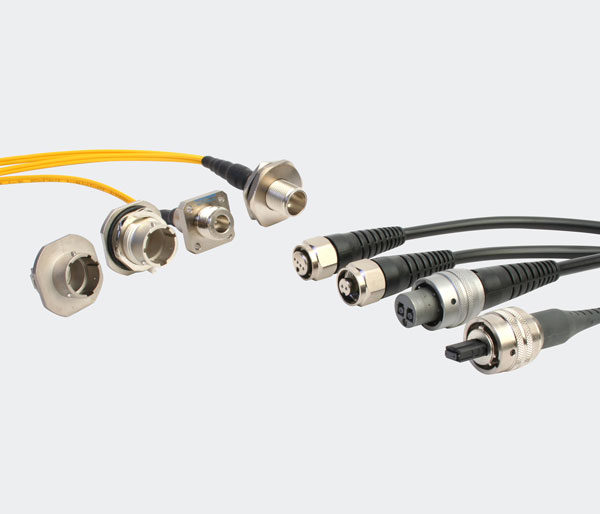On October 11, according to the latest reports from foreign media, a number of Apple suppliers revealed that Apple continues to pressure them to move 15% to 30% of their production operations out of mainland China! Suppliers under pressure include TSMC, Foxconn, Wistron, Pegatron, etc.!
It is understood that the main transfer locations are Southeast Asian countries such as Vietnam, Thailand, and India.
Currently, American technology companies have transferred part of their production operations to Vietnam, Thailand, Malaysia, and India. Apple suppliers such as Pegatron are always seeking to invest in supply plans in Vietnam, and the company may produce new Apple headset AirPods in Vietnam.
Apple’s pressure, for the technology industry, marks the end of an era: designing products in the west, and then manufacturing them in the industrial center of China. For 30 years, this model has provided the best combination of cost, quality, human resources and infrastructure. Now, the entire industry is increasingly dependent on the decentralized supply chain emerging in Southeast Asia.
An executive from an Apple supplier said: “Customers’ mentality has changed. Increasing tensions force them to consider their own production strategies, just like buying insurance. In the next two to three years, you will see not only large electronic assemblers, but also more and more component suppliers are shifting their production operations outside of mainland China to support the new supply chain.”
But for technology companies, the situation is not so simple. For them, mainland China is not only a mature production base, but also their fastest growing market. 20% of Apple’s total revenue, more than 20% of Intel’s revenue, and 60% of Qualcomm’s sales come from mainland China. Although in many cases, products sold in mainland China will later be exported to other markets.
For the global technology industry, the question is whether the alternative supply chain can be comparable to the supply chain in mainland China that produces more than 200 million iPhones per year. To this end, Apple has adopted a “two-sided strategy”: while promoting the accelerated departure of supplier production from mainland China, it is also actively cultivating local Chinese suppliers to allow them to play a more important role in China to ensure continued entry ability of a strong market with 14 billions of users.
However, not every company has the resources to continuously expand outside China like Apple and Foxconn. The reality is that chip developers still rely on a few key American chip manufacturing and design tool providers, such as Applied Materials, LAM, KLA, Synopsys, and Cadence Design Systems, to make the most advanced chips possible.




